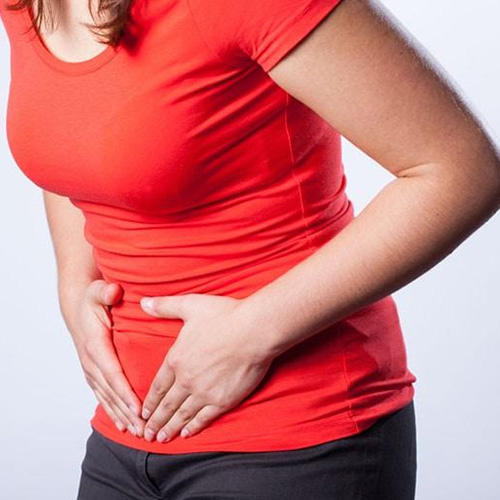Dysmenorrhoea Pain

How to treat disorder causing menstrual pain.
Many women dread period of menstruation because of experience of unbearable pain. It causes many problems, make women uncomfortable hindering their professional life. Pain associated with menstruation is called dysmenorrhoea. If you suffer from pain which seems like untreatable and never goes away during menstruation, then you need to learn about the causes of dysmenorrhoea, its symptoms, and possible treatments.
Dysmenorrhoea has two types namely primary and secondary. Primary dysmenorrhoea happens naturally due to menstruation. Pain usually lasts between 12 to 72 hours and starts 1 to 2 days before menstrual bleeding. Other symptoms of dysmenorrhoea of primary type consist of fatigue, diarrhoea, and nausea. It usually gets less severe as women age and mostly stops after childbirth.
Secondary dysmenorrhoea happens because of other reproductive disorders like infection, uterine fibroids, endometriosis, or adenomyosis. Pain starts earlier in the menstrual cycle and lasts for a longer period.
Causes of Primary Dysmenorrhoea:
In the menstrual cycle, the inner wall of the uterus thickens in anticipation of potential pregnancy. After ovulation, if fertilization doesn’t occur, extra-uterine tissue shedding happens causing bleeding.
Contractions in uterus happen during menstruation that exerts pressure on blood vessels. Thus oxygen supply of the uterus muscle gets interrupted which causes pain and primary dysmenorrhoea.
Causes of Secondary dysmenorrhoea:
- Infection – Bacterial infection which starts in the uterus then gradually spreads around causing pain.
- Uterine fibroids – Its form of benign tumor that develops on inside walls of the uterus causing pain.
- Endometriosis – Endometrium is the tissue lining on inside walls of the uterus. If it starts growing outside of the uterus, then it causes pain.
- Adenomyosis – It happens when endometrium tissue starts growing inside the uterine wall causing pain.
Symptoms of dysmenorrhoea:
The main symptom of this disorder is pain in the lower abdomen, back, or thighs. Other symptoms include cramping, nausea, vomiting, weakness, and headache.
Dysmenorrhoea treatment:
- Pain-relieving non-steroidal anti-inflammatory medicines like naproxen and ibuprofen helps with pain. But they may have side effects like nausea, diarrhoea, etc.
- Hormonal birth control may help with symptoms but evidence is limited.
- Magnesium supplement found out to be useful for managing symptoms.
- There is limited evidence for use of alternative medicine but fenugreek, Vitamin E, ginger powder may be used.
- Presacral neurectomy surgery used as a last resort if the pain is unbearable and nothing else works. Surgery is known to cause loss of bladder sensation along with other complications.
The best treatment for dysmenorrhoea is acupuncture, as per Chinese study, they have established a strong correlation between acupuncture and easing of pain during menstruation. This treatment also doesn’t have any adverse side effects. So acupuncture along with dysmenorrhoea exercise is highly recommended for the treatment of dysmenorrhoea.
